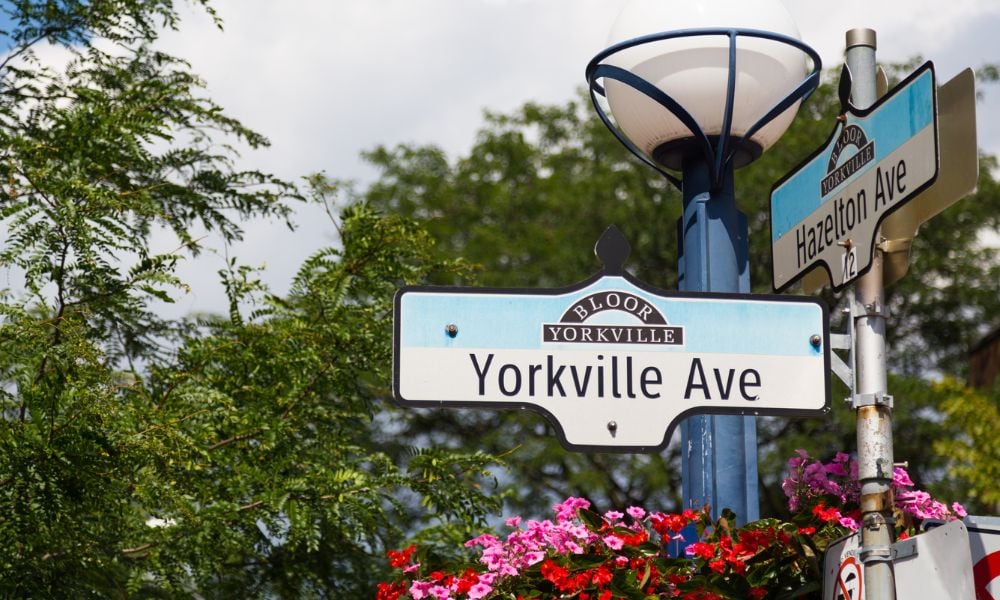
Watchfinder trademark had not yet fallen into disuse in Canada

The Federal Court upheld the trademark registration for Watchfinder, finding that the mark was used in Canada within the relevant period in relation to watches, as well as services for custom jewellery and watch design, watch repairs, and appraisal services.
In Sherzady v. Norton Rose Fullbright Canada LLP/s.e.n.c.r.l., s.r.l., 2022 FC 1712, Sharame Sherzady challenged the decision of the Registrar of Trademarks to expunge the trademark registration for Watchfinder from the register because it had allegedly fallen into disuse. Before the Federal Court, Sherzady submitted an affidavit which, he alleged, would have “materially affected” the Registrar’s decision and which established that Watchfinder was used in Canada during the relevant period between February 27, 2017 and February 27, 2020.
To support his position on appeal, Sherzady submitted a new affidavit to the appellate court that was not before the Registrar. The affidavit explicitly addressed trademark use during the relevant period. The court noted that the test for materiality was whether the additional evidence would have had a material effect on the decision, not whether it would have changed the Registrar’s mind. The court found that Sherzady’s affidavit would have affected the Registrar’s decision materially had it been before the Registrar when the decision was rendered.
Section 45 of the Trademarks Act provides a summary procedure for clearing registrations for trademarks that have fallen into disuse. The Federal Court explained that the evidentiary burden to establish use is not a heavy one. In fact, the trademark owner’s evidence must only supply facts from which a conclusion of use may flow as a logical inference. An affidavit or statutory declaration that provides a factual description of the use of the trademark demonstrating that the requirements for use are met is sufficient.
Watchfinder’s trademark registration covered jewellery, watches, precious metals and gems, as well as services for custom jewellery and watch design, buying precious metals and gems, watch repairs, and appraisal services. The Federal Court found that the evidence established that Watchfinder’s trademark registration should only be maintained for watches, as well as services for custom jewellery and watch design, watch repairs, and appraisal services. The evidence failed to establish trademark use during the relevant period for the other goods and services covered by Watchfinder’s trademark.
Sherzady’s affidavit indicated that since 2010, the Watchfinder business had operated from a physical retail store in Toronto’s Yorkville neighbourhood. The affidavit also included exhibits showing the Watchfinder trademark displayed on exterior signage and on signage inside the store where services were performed, on brochures and website pages that advertised the services, on invoices, and on bags and boxes that were used to return serviced goods.
Overall, the court was satisfied that the Watchfinder business performed each of the services of watch repairs, appraisal of jewellery, watches, precious metals and gems, and custom jewellery and watch design during the relevant period. The court was also satisfied that the use of Watchfinder trademark in association with watches sold by Watchfinder Cumberland Inc. during the relevant period enured to the benefit of Sherzady as the trademark owner.